This tiny butterfly can be difficult to photograph, especially with its wings open.
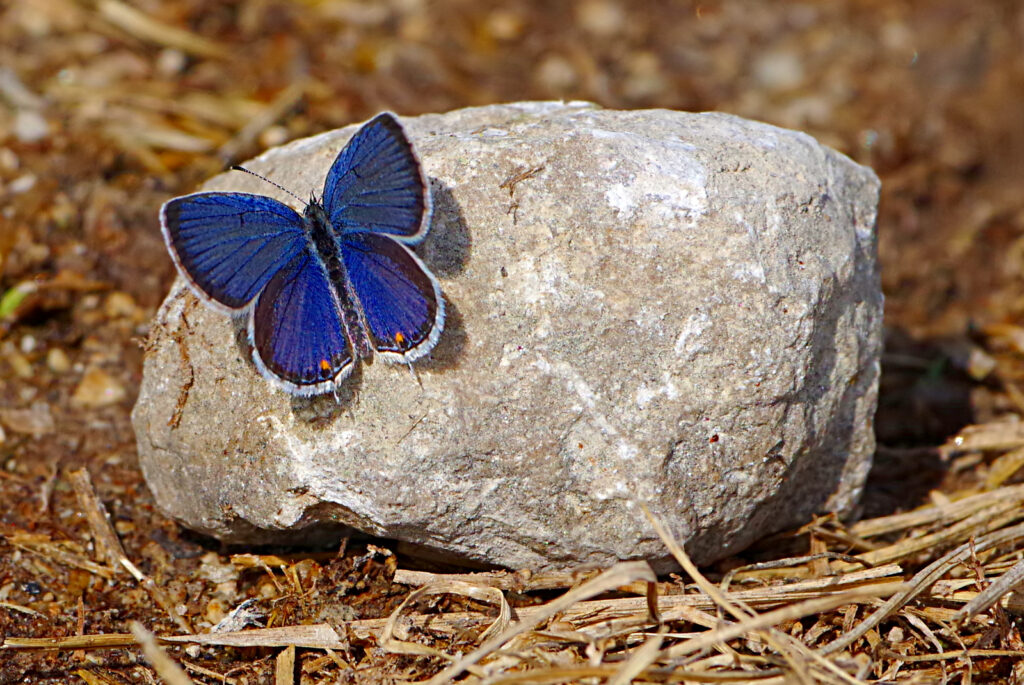
An Exploration of Nature
Immature or juvenile birds can be some of the hardest to identify, since they won’t look like anything in a field guide and no single photograph can show all the possible variations you might see. In this case the eye markings and belly streaking are the keys to my identification.
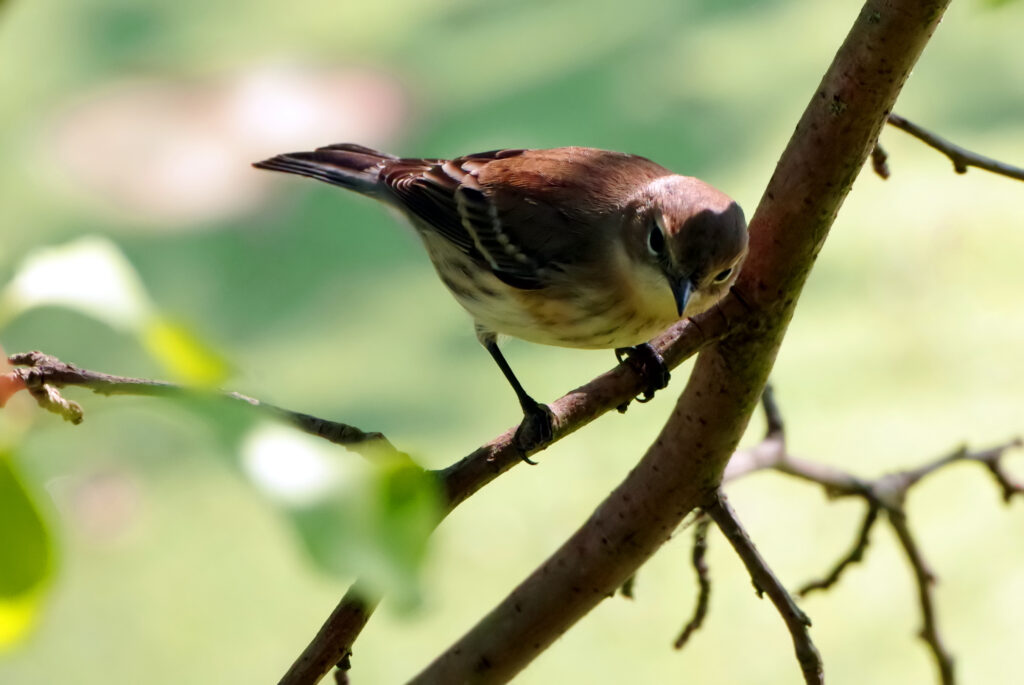
I did an 11 hour over-night time lapse of a fly agaric mushroom in my yard. It didn’t grow as much as I had hoped, but you can see some. You can also see how this mushroom got its name, as there are flies in almost every frame!
Our moon, not Mars’s moon(s). There was a conjunction last night and I grabbed a shot of it.
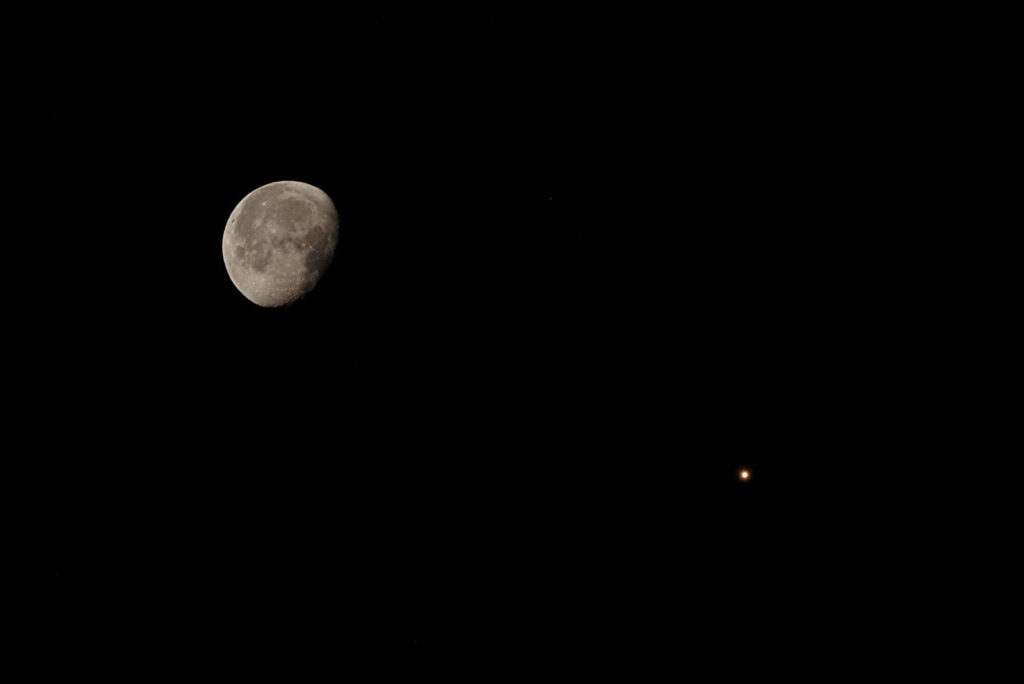
At first I was annoyed that a couple of cars drove through this long shot, but the result was pleasant surprise. This is a 30 second exposure with my wide-angle lens, centered on Saturn (left) and Jupiter (right). (The two brightest objects in the center of the image)
These two planets will continue to grow closer to each other in the night sky until December 21st, when they will appear to merge.
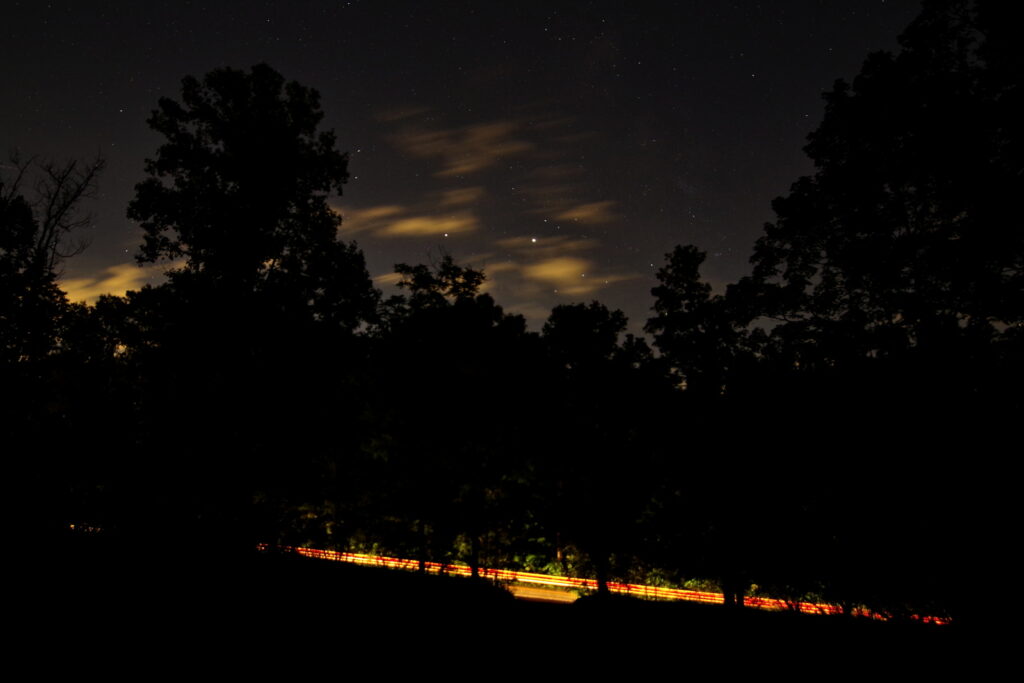
This little guy is a major agricultural pest affecting more than just cucumbers. I should have squashed’em after the photo… but I didn’t.
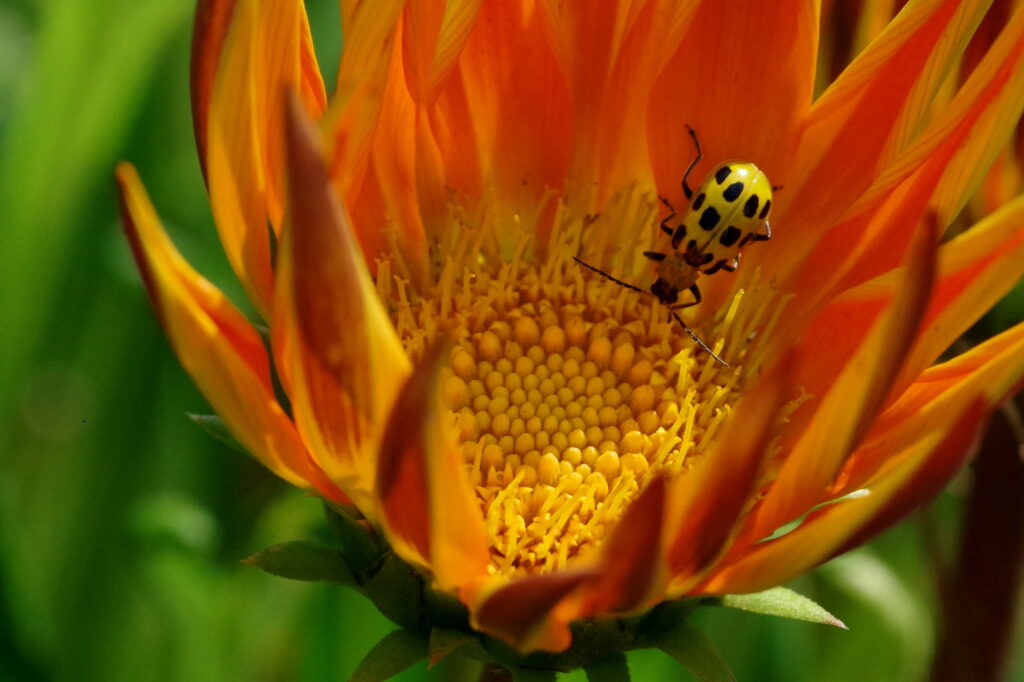
Dorsal view and ventral view of the Pearl Crescent butterfly (Phyciodes tharos) in a single photograph.

The silvery spots (or “spangles”) of the Great Spangled Fritillary are just like shiny little mirrors. With the right angle, they will reflect the colors around them. These pictures are all of the same butterfly as he sampled the many flavors of zinnia in our garden.
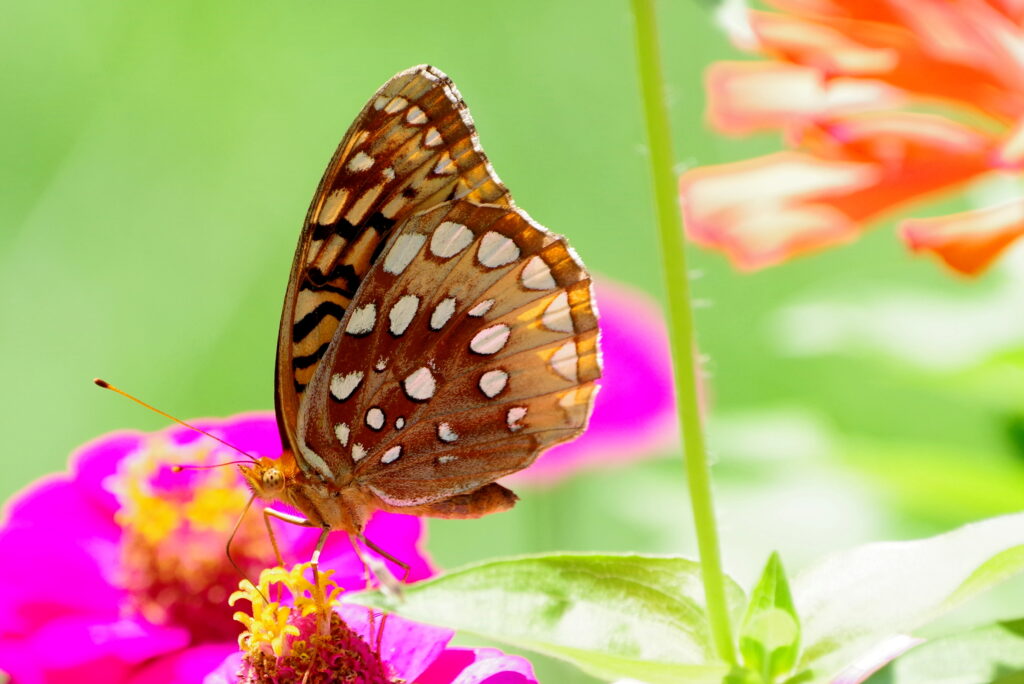
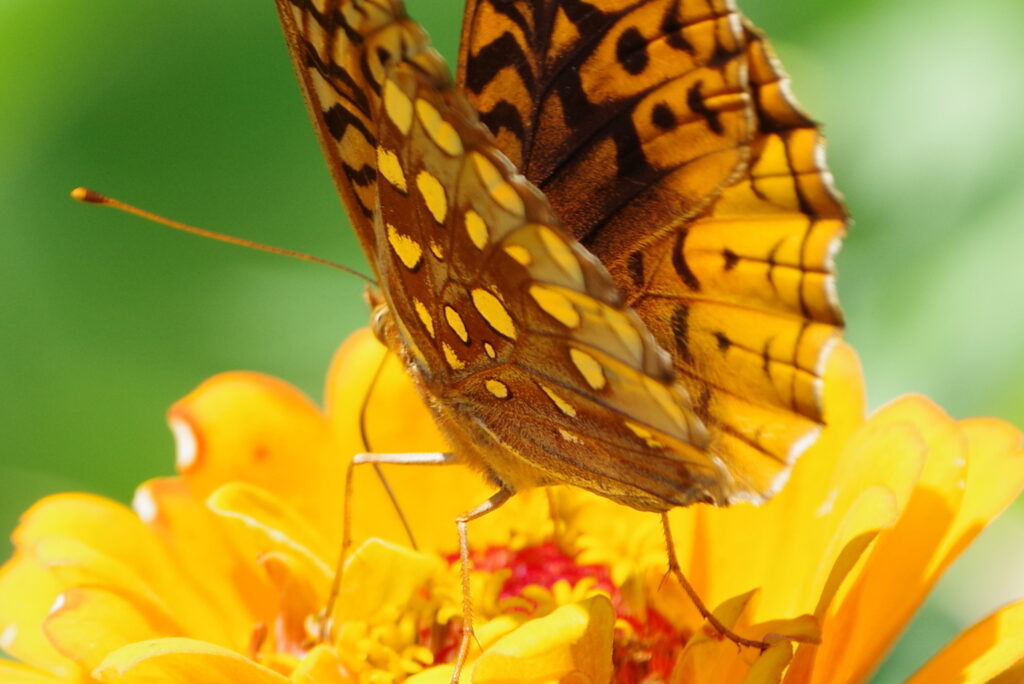


Large and exotic, this fly is actually harmless to humans with neither a bite nor a sting. The female lays its eggs in carpenter bee nests, where the fly larvae seek out and devour carpenter bee larvae before they can mature and escape.
